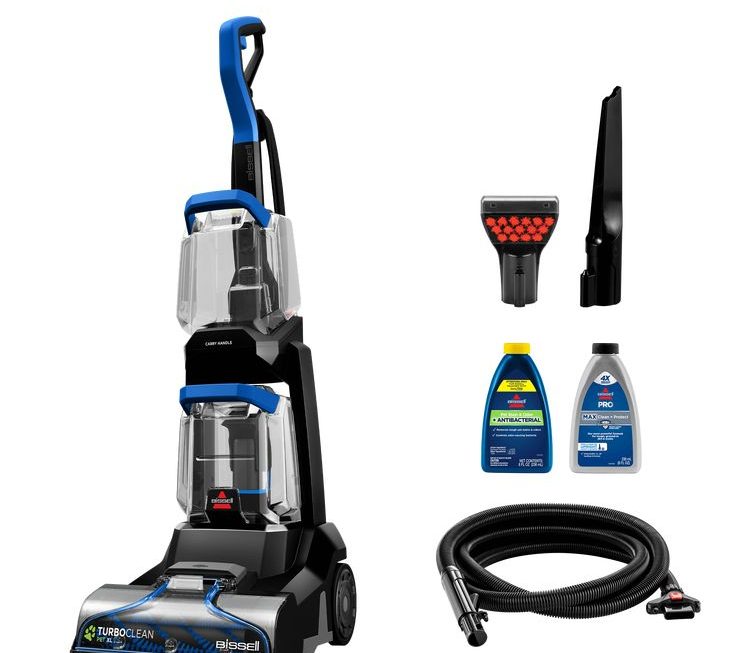Paint by numbers is a fun and relaxing hobby that has gained popularity in recent years. It involves painting a pre-printed canvas that has numbered sections corresponding to a particular color. While the painting kit usually comes with brushes, choosing the right brush can make a big difference in the final result.

Here is the ultimate guide to choosing paint by numbers brushes:
Brush Types
There are three main types of paintbrushes: natural hair, synthetic hair, and bristle hair. Each type has its advantages and disadvantages when it comes to paint by numbers.
Natural hair brushes are made from animal hair, such as hog, sable, and pony. They are soft, flexible, and hold paint well. However, they can be expensive and require more maintenance. Natural hair brushes are suitable for watercolor and oil-based paints.
Synthetic hair brushes are made from nylon, polyester, or a combination of both. They are more affordable than natural hair brushes and require little maintenance. Synthetic hair brushes are suitable for acrylic and water-based paints.
Bristle hair brushes are made from hog, ox, or boar hair. They are stiffer than natural hair brushes and are ideal for thicker paints like oil and acrylic. Bristle hair brushes are not suitable for watercolor paints.
Brush Shapes
There are several brush shapes to choose from, including round, flat, filbert, fan, and angular.
Round brushes have a pointed tip and are ideal for filling in small areas and adding details. They are versatile and can be used for both thick and thin lines.
Flat brushes have a flat tip and are ideal for covering large areas of the canvas. They are suitable for creating bold strokes and blending colors.
Filbert brushes have a flat tip and rounded edges. They are ideal for blending and creating soft edges.
Fan brushes have a flat, fan-shaped tip and are suitable for blending and creating texture.
Angular brushes have an angled tip and are suitable for creating precise lines and corners.
Brush Sizes
Brush sizes vary from 000 (the smallest) to 20 (the largest). The size of the brush you choose will depend on the size of the canvas and the area you are painting. As a general rule, a larger brush is suitable for large areas, while a smaller brush is suitable for details.
Quality
The quality of the brush you choose will affect the final result of your painting. Cheap brushes tend to shed hair, lose their shape, and not hold paint well. It’s worth investing in high-quality brushes that will last longer and produce better results.
When it comes to natural hair brushes, the quality depends on the type of hair. The best natural hair brushes are made from kolinsky sable hair, which is obtained from the tail of a type of mink found in Siberia. Kolinsky sable brushes are expensive but are considered the best brushes for watercolor painting.
For synthetic hair brushes, the quality depends on the type of fiber. Nylon brushes are the most common and affordable, but they tend to be stiff and retain their shape. Polyester brushes are softer and more flexible, but they tend to hold less paint.
Maintenance
Taking care of your paintbrushes is essential for their longevity and performance. After each use, rinse the brush in warm water and gently shake off excess water. Use mild soap if necessary. Shape the brush and allow it to air dry. Store the brush in a holder or a flat surface with the bristles facing up.
For natural hair brushes, use a special brush cleaner that is gentle and does not damage the hair. Avoid using hot water or harsh chemicals that can damage the hair.
For synthetic hair brushes, use a mild soap or detergent that is gentle and does not damage the fibers. Avoid using fabric softener or bleach that can damage the fibers.
Choosing the Right Brush for Your Painting Style
Choosing the right brush for your painting style is crucial for achieving the desired result. For example, if you prefer a loose, impressionistic style, a round brush may work better than a flat brush. If you prefer a more realistic, detailed style, a flat brush may work better than a round brush.
Experiment with different brushes and find the ones that work best for your painting style. Don’t be afraid to try new techniques and brushes that you haven’t used before. You may discover a new favorite brush that can enhance your painting style.
Conclusion
Choosing the right brush for paint by numbers can be overwhelming, but it doesn’t have to be. Understanding the different brush types, shapes, sizes, quality, and maintenance can help you make an informed decision. The key is to experiment with different brushes and find the ones that work best for your painting style. With the right tools and techniques, you can create beautiful paint by numbers masterpieces.
